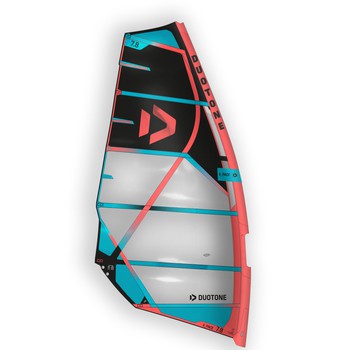
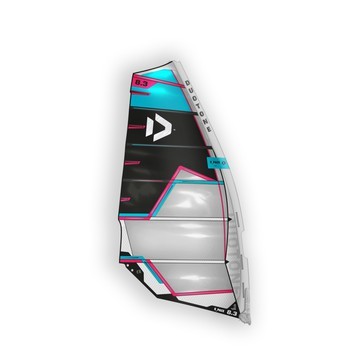
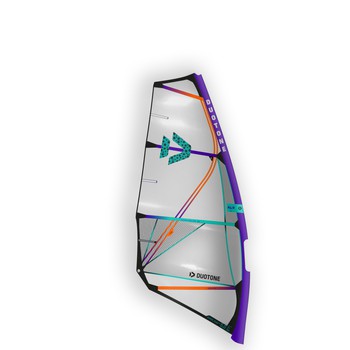
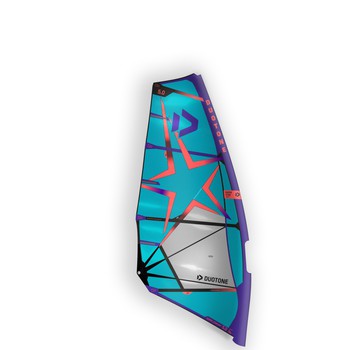
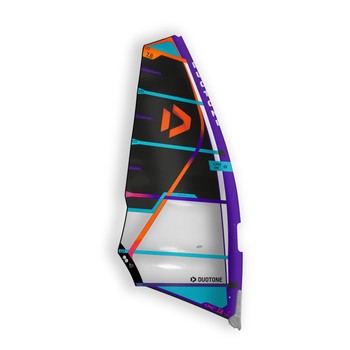
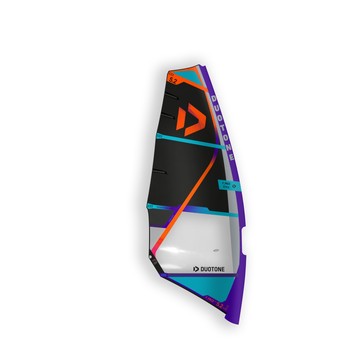
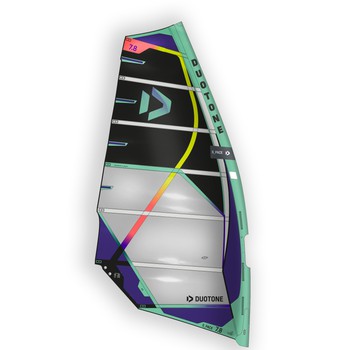
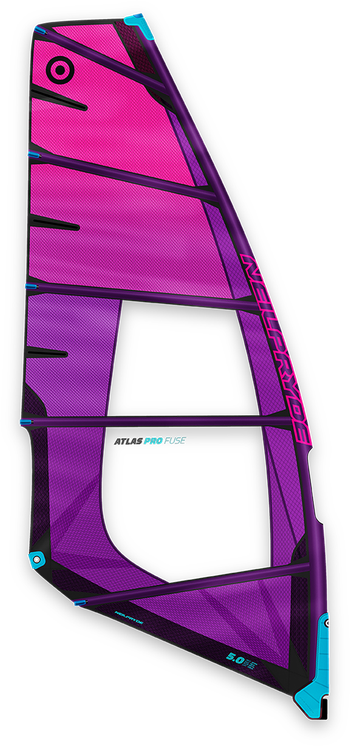
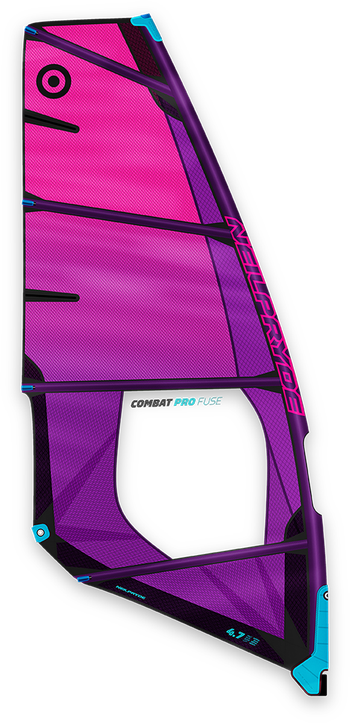
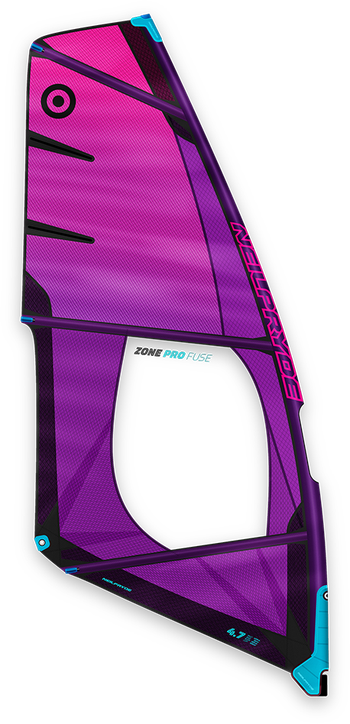
Surfshop24.de hat die Segel der führenden Hersteller im Angebot! Windsurfsegel für Wave, Freestyle, Freeride, Slalom oder Formula sind auf Lager!
Surflegende Robby Naish gründete seine eigene Windsurf Segelmarke direkt auf Hawaii, wo er diese ausgiebig spezielle im Bereich Wave Windsurfen testen und entwickeln kann!
WIR VERBRINGEN UNZÄHLIGE STUNDEN BEIM TESTEN UND TUNEN UNSERER SEGEL - BIS WIR UNS WIRKLICH SICHER SIND, DASS JEDES SEGEL UNSEREN ANSPRÜCHEN ABSOLUT GERECHT WIRD.
Check out the new Duotone Sail Range and join the power of a new era
DUOTONE - DEDICATED TO WINDSURFING SINCE 1981
